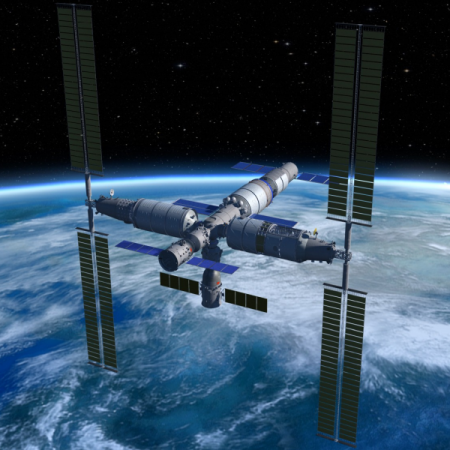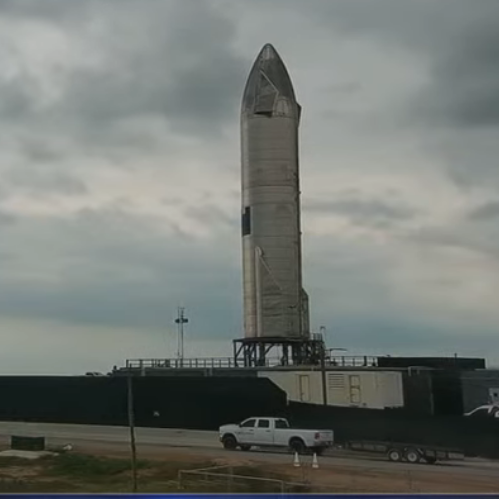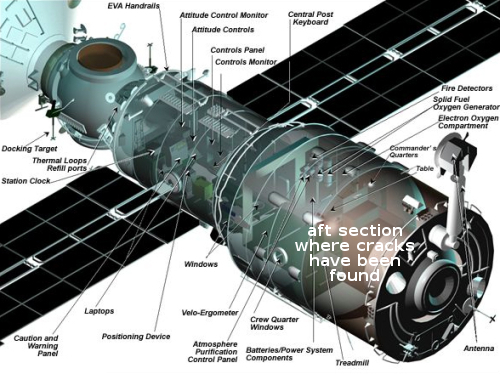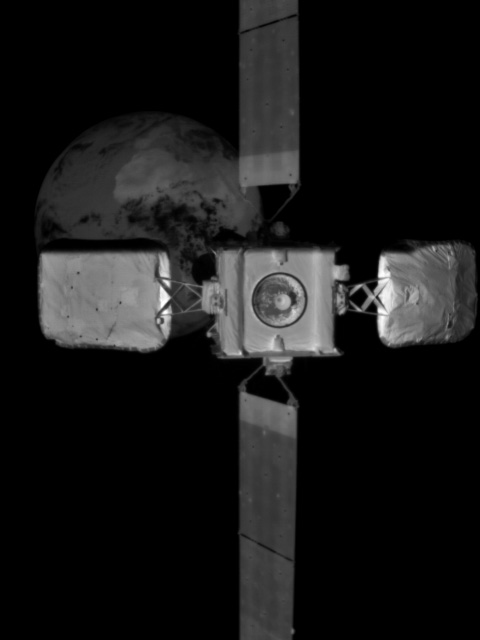SpaceX accuses OneWeb lobbyist of making false claims about a Starlink and OneWeb satellite close approach
Capitalism in space: In an FCC filing on April 20th, SpaceX accused a lobbyist for OneWeb to have made false claims against SpaceX in connection with a close approach between Starlink and OneWeb satellites.
In yesterday’s filing to the FCC, SpaceX said that “OneWeb’s head lobbyist recently made demonstrably inaccurate statements to the media about recent coordinations of physical operations. Specifically, Mr. McLaughlin of OneWeb told the Wall Street Journal that SpaceX switched off its AI-powered, autonomous collision avoidance system and ‘they couldn’t do anything to avoid a collision.’ Rather, SpaceX and OneWeb were working together in good faith at the technical level. As part of these discussions, OneWeb itself requested that SpaceX turn off the system temporarily to allow their maneuver, as agreed by the parties.”
SpaceX’s “autonomous collision avoidance system was and remains fully functional at all times,” SpaceX also wrote.
SpaceX also claimed that OneWeb admitted that the claims of its lobbyist were false, but OneWeb subsequently denied this.
It appears overall that OneWeb and its lobbyist tried to use this event to not only attack SpaceX, but to hinder SpaceX’s development of Starlink. According to SpaceX’s filing,
OneWeb’s misleading public statements coincide with OneWeb’s intensified efforts to prevent SpaceX from completing a safety upgrade to its system. For instance, immediately after the first inaccurate quotes came out in media accounts, OneWeb met with Commission staff and Commissioners demanding unilateral conditions placed on SpaceX’s operations. Ironically, the conditions demanded by OneWeb would make it more difficult to successfully coordinate difficult operations going forward, demonstrating more of a concern with limiting competitors than with a genuine concern for space safety.
Based on SpaceX’s overall past history and the track record of its competitors, I tend to believe SpaceX here. While the company has a very aggressive development culture, it also reacts instantly to any circumstances where its actions conflict with others. This doesn’t mean it backs off completely, only that it has always been willing to work with others to address their concerns.
Capitalism in space: In an FCC filing on April 20th, SpaceX accused a lobbyist for OneWeb to have made false claims against SpaceX in connection with a close approach between Starlink and OneWeb satellites.
In yesterday’s filing to the FCC, SpaceX said that “OneWeb’s head lobbyist recently made demonstrably inaccurate statements to the media about recent coordinations of physical operations. Specifically, Mr. McLaughlin of OneWeb told the Wall Street Journal that SpaceX switched off its AI-powered, autonomous collision avoidance system and ‘they couldn’t do anything to avoid a collision.’ Rather, SpaceX and OneWeb were working together in good faith at the technical level. As part of these discussions, OneWeb itself requested that SpaceX turn off the system temporarily to allow their maneuver, as agreed by the parties.”
SpaceX’s “autonomous collision avoidance system was and remains fully functional at all times,” SpaceX also wrote.
SpaceX also claimed that OneWeb admitted that the claims of its lobbyist were false, but OneWeb subsequently denied this.
It appears overall that OneWeb and its lobbyist tried to use this event to not only attack SpaceX, but to hinder SpaceX’s development of Starlink. According to SpaceX’s filing,
OneWeb’s misleading public statements coincide with OneWeb’s intensified efforts to prevent SpaceX from completing a safety upgrade to its system. For instance, immediately after the first inaccurate quotes came out in media accounts, OneWeb met with Commission staff and Commissioners demanding unilateral conditions placed on SpaceX’s operations. Ironically, the conditions demanded by OneWeb would make it more difficult to successfully coordinate difficult operations going forward, demonstrating more of a concern with limiting competitors than with a genuine concern for space safety.
Based on SpaceX’s overall past history and the track record of its competitors, I tend to believe SpaceX here. While the company has a very aggressive development culture, it also reacts instantly to any circumstances where its actions conflict with others. This doesn’t mean it backs off completely, only that it has always been willing to work with others to address their concerns.







